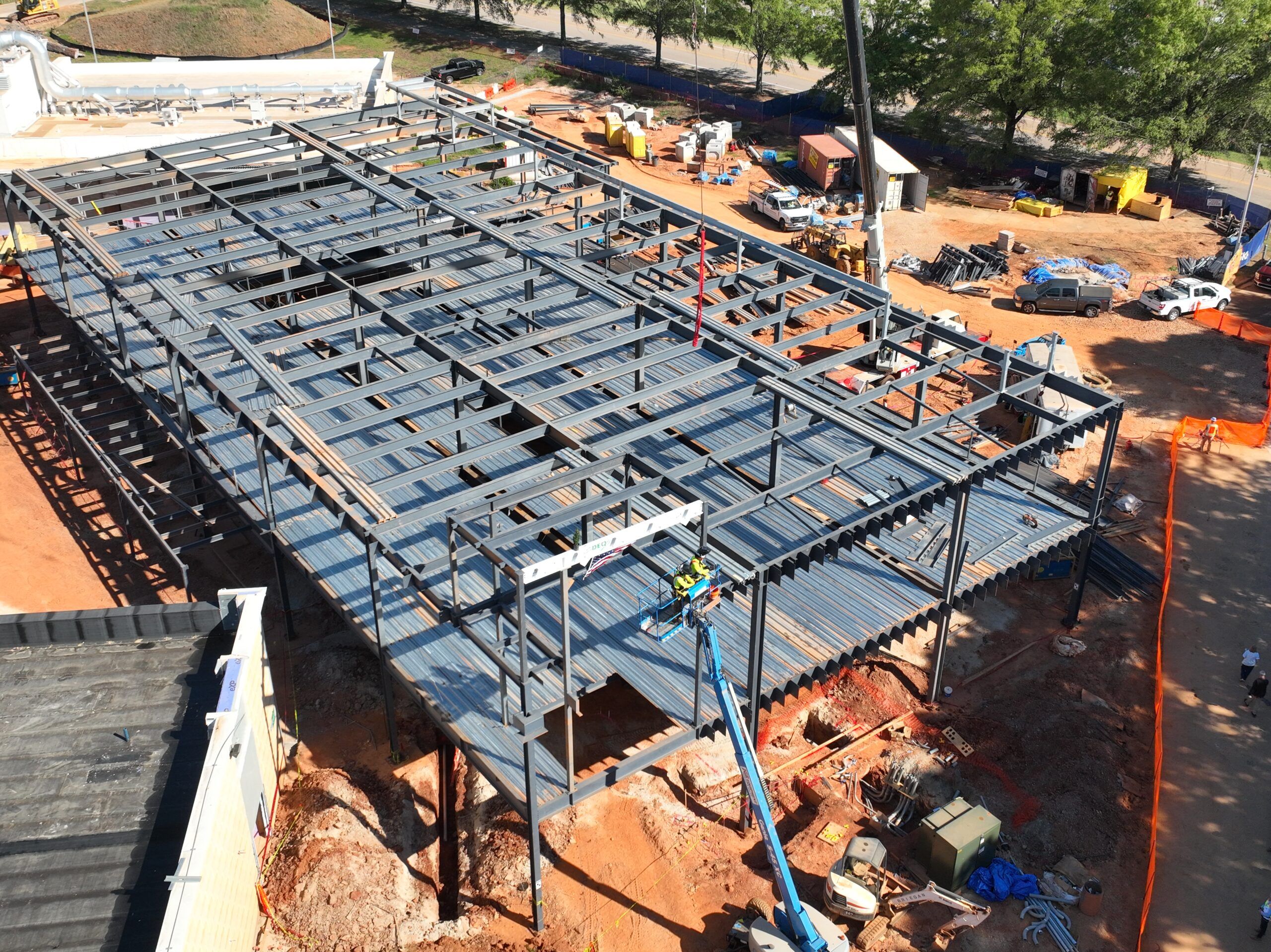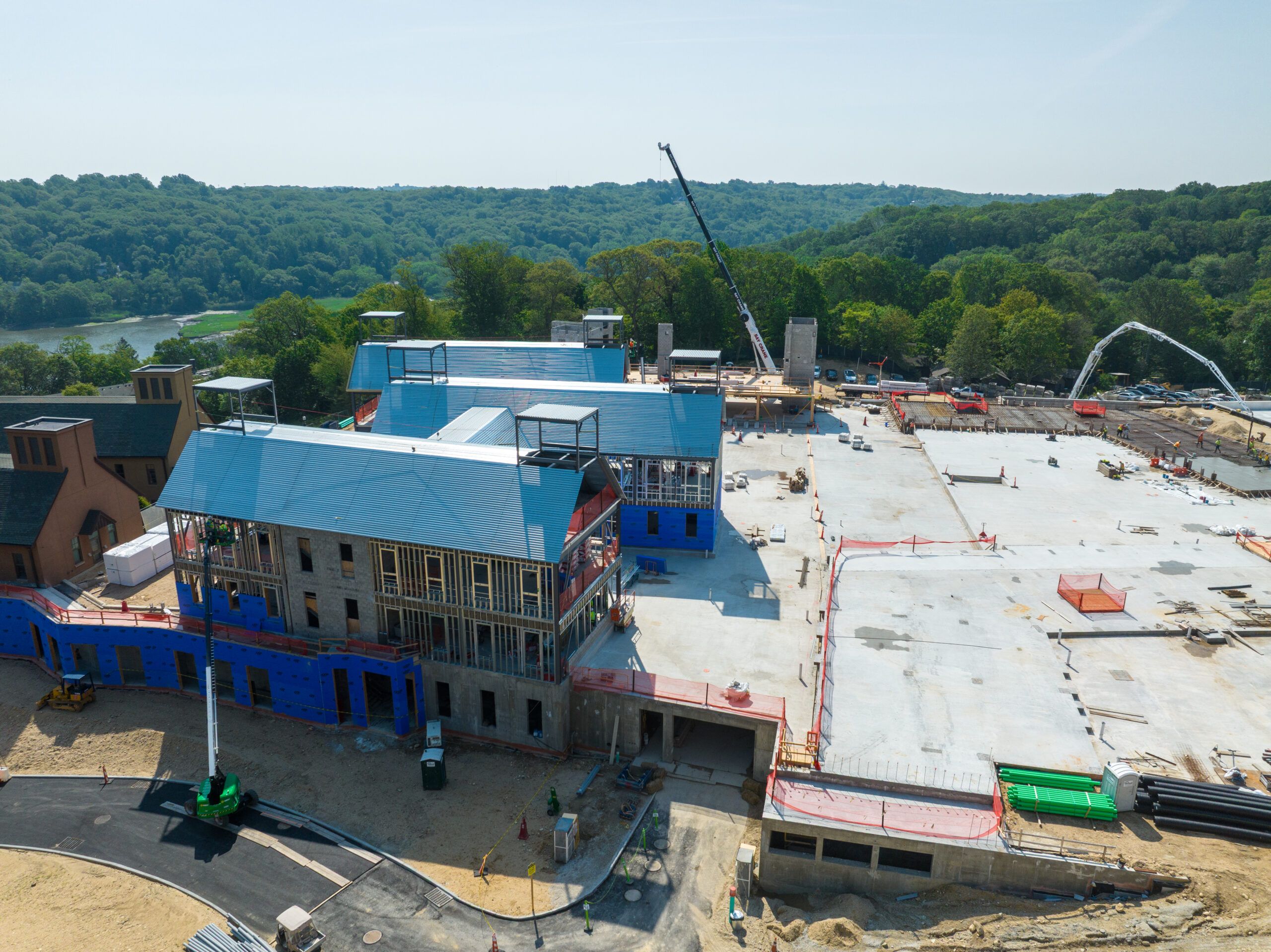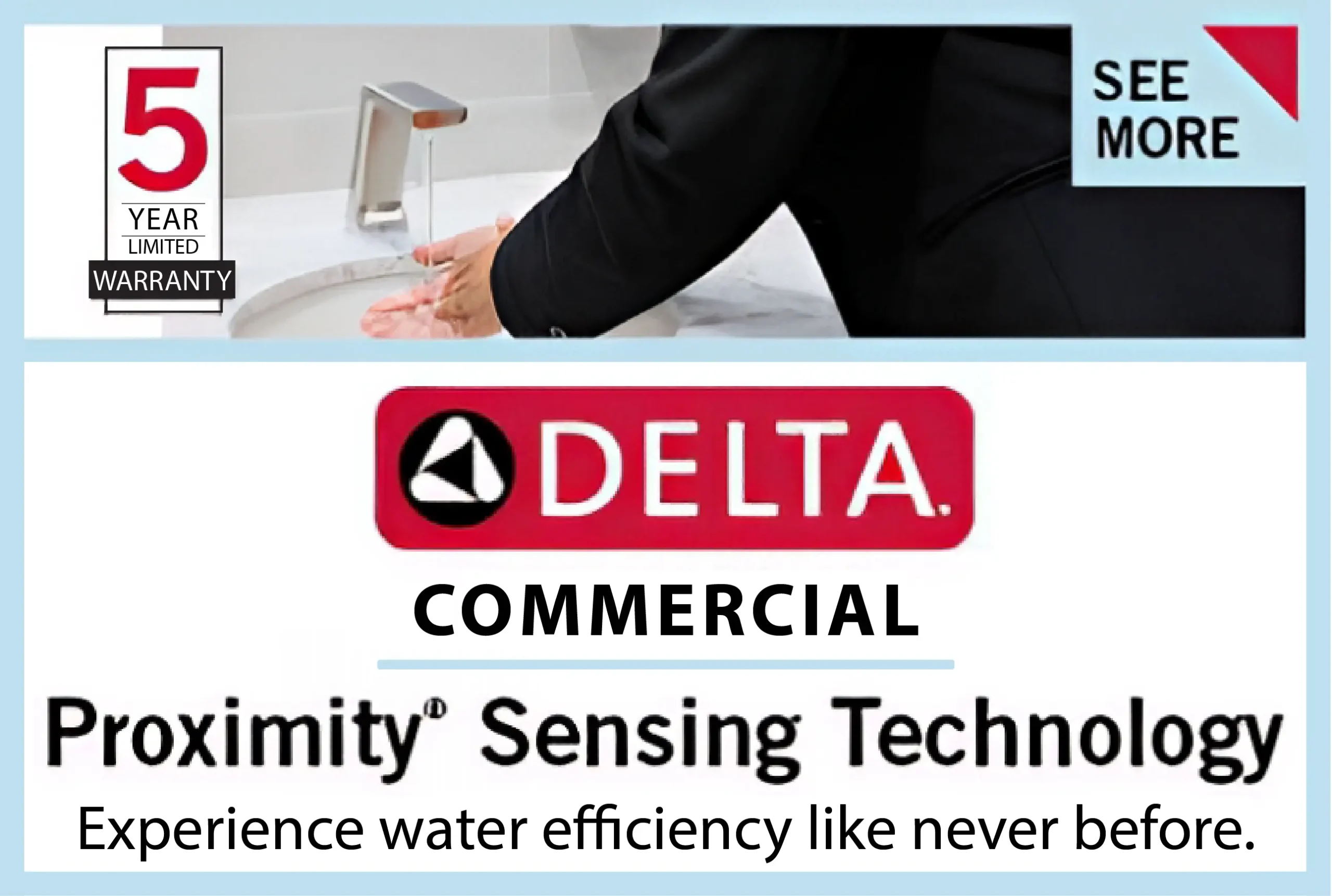
The effects of hard water are a harsh reality for many American homeowners. Clogged pipes, low efficiency of soaps and detergents, difficult to remove stains on the sink and bathtub – these are just a few of them.
However, water hardness is not an unsolvable problem. There are many water softening solutions on the market that promise to combat the impact of hard minerals.
Today we want to talk about three of the most effective methods of filtering water in American households – the salt-based water softener, the RO System, and the water descaler. Here is some information about how they work and the way they can remove the effects of hard water in an ordinary house.
The Traditional Water Softener
This whole-house water softener is turning hard into soft water through a process called ion exchange, usually used for water filtration in both industrial and household water treatment systems. Thus, an exchange is made between sodium ions and hard minerals in the water, resulting in softened water.
Most people who want to solve the problem of hard water in their house choose this water softener due to its popularity over time. Although it is an effective method of filtering water in the household, the maintenance of such a system can be more expensive and time-consuming than other options available today. With a salt-based water softener, you will always have to buy bags of salt to feed the brine tank, and, of course, these will need to be properly stored.
The Reverse Osmosis System
Also known as a RO system, this water softening solution is using pressure to conduct the water molecules through its semi-permeable membrane which retains the contaminants and impurities. Comparted to the salt-based water softener, this one is a saltless water filtration method that does not need constant refilling.
However, this does not mean that the system is maintenance-free because a Reverse Osmosis softener consists of four or five filters that need periodic cleaning or replacement. An average RO softener needs filter replacement once every 12 months. If you think about the number of filters that need to be replaced and the price of each, you will find that this model is not the cheapest method of filtering water.
Nonetheless, for those on restrictive diets where salt is a banned ingredient or simply do not want their water to taste or smell salty, an RO system is an ideal way to filter water without adding sodium to its composition.
The Electronic Water Descaler
One of the most advanced methods of hard water treatment on the American market today is the electronic water descaler. This device is softening hard water with the use of chemical reaction, without affecting its composition. In brief, a water descaler treats the water with electric impulses which are generated in its electronic unit and are controlled by a computerized micro-chip.
That means no salt or filters will be needed because a water descaler can work without these components. Some models do not need maintenance at all. As in the case of water descalers on www.yarna.com, once the installation is done, user intervention will no longer be required.
Another advantage of this water descaler is the low price compared to other water filtration methods. A water descaler is a one-time investment that will save you money and time since it can work on its own.
Conclusion
Many homeowners are dealing with the unpleasant effects of hard water without even knowing where they come from. However, facing with soap build-up, earlier wear of fixtures and appliances, clogged plumbs, and low-efficiency detergents lead people inevitably to look for effective solutions that can treat water hardness.
Luckily, there are many water filtration solutions to choose from on the market today. Each of them works in different ways to soften the water in your house – they either use ion exchange to replace hard minerals, several filters with a special membrane that retains impurities, or electrical impulses that soften hard water with the use of a chemical reaction. That being said, it is up to you what kind of water treatment you want to invest in depending on your needs and its specific features.











